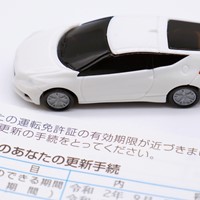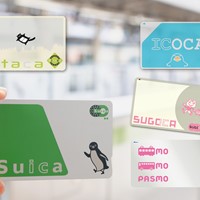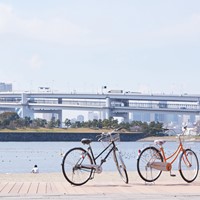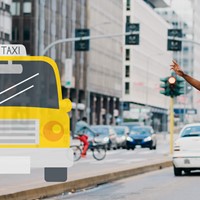How to Rent a Car in Japan
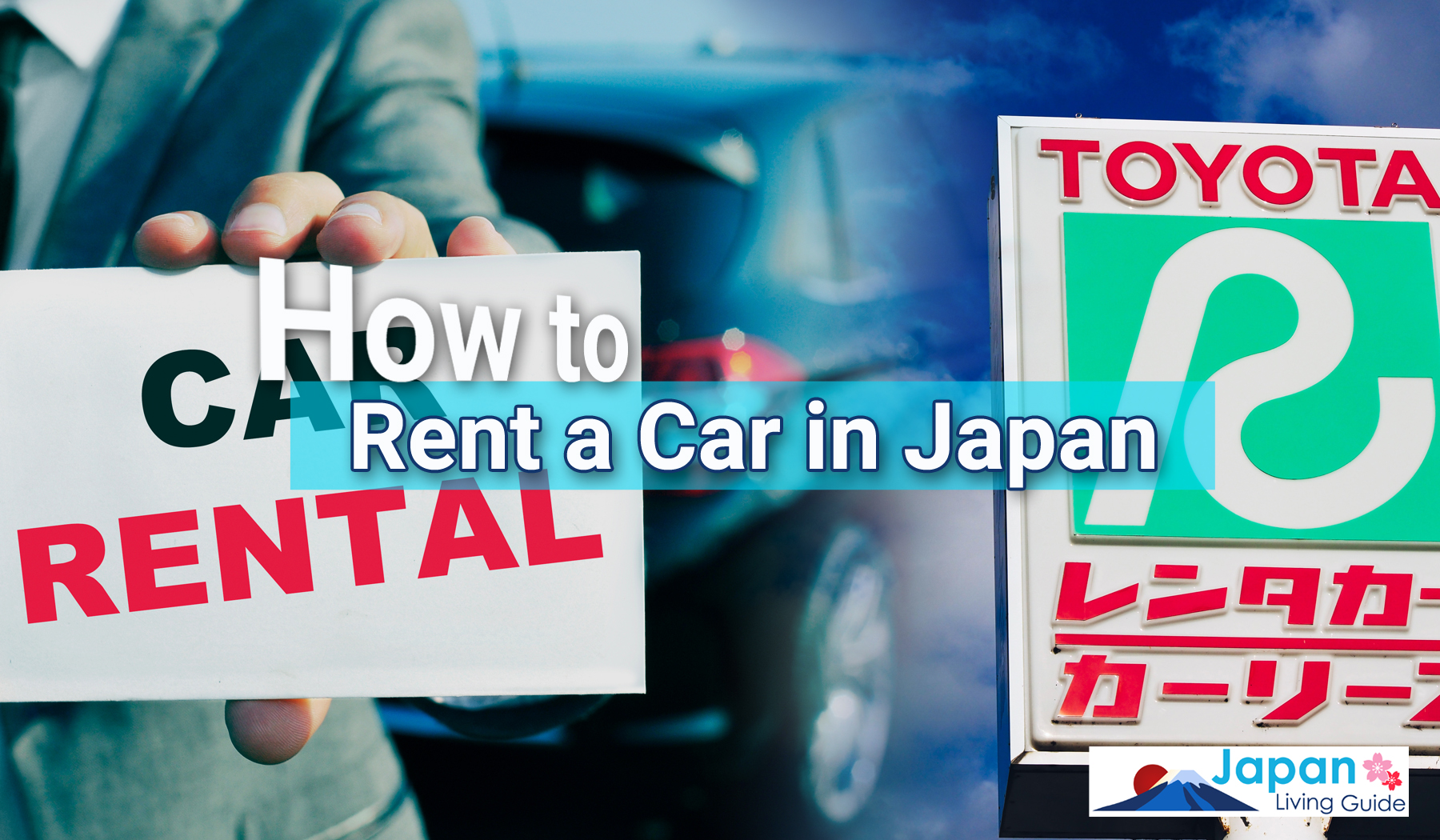
This page contains affiliate links.
Japan has one of the best public transit systems in the world, especially in the Greater Tokyo Area and other urban environments throughout the country. Between trains, buses, and subways, you are covered almost anywhere you could wish to go in the city, but what about when you want to head into the countryside? While renting a car is becoming much easier in Japan, there are a few specific rules and regulations you need to follow — keep reading to find out what they are.
English-Friendly Car Rental Services
Renting a car online has gotten much easier for expats in Japan as many of the rental websites now provide English-language services:
- ASAHI MOTORS (suitable for Long-Term car rental)
- Nico Nico
- Nippon Rent-a-Car
- Nissan
- Orix
- Times Car Rental
- Toyota
Prices remain pretty stable at around ¥4000 per day, though they can go up or down depending on how big the car is and the length of your rental. Most of these rental car agencies have locations near major train stations and airports, so if you have more than one option available near you, it may be worth checking if one is less expensive or has a better selection compared to the other. We recommend visiting the Web Rentacar website to see what different Japanese rental companies have to offer.
What Is Required to Drive in Japan?
Valid Driver’s License
In order to rent a car in Japan, let alone be on the roads, the standard driver’s license issued by your home country is not acceptable. At the very least you must have an international driver’s permit. However it should be noted that some rental car companies will only accept Japanese driver’s licenses.
Tip: You can’t get an international diver's permit once you are in Japan, so take care to have one issued to you in your home country before you arrive, and present both your license and passport to the appropriate officials when going through the airport.
If you are a resident of Japan, rather than just a tourist, and you've come from certain countries in the European Union, Taiwan, or the United States (specifically, Hawaii, Maryland, and Washington), you can convert your driver’s license into a Japanese one by simply filling out the appropriate forms; more detailed information can be found in this article.
Understanding Road Rules in Japan
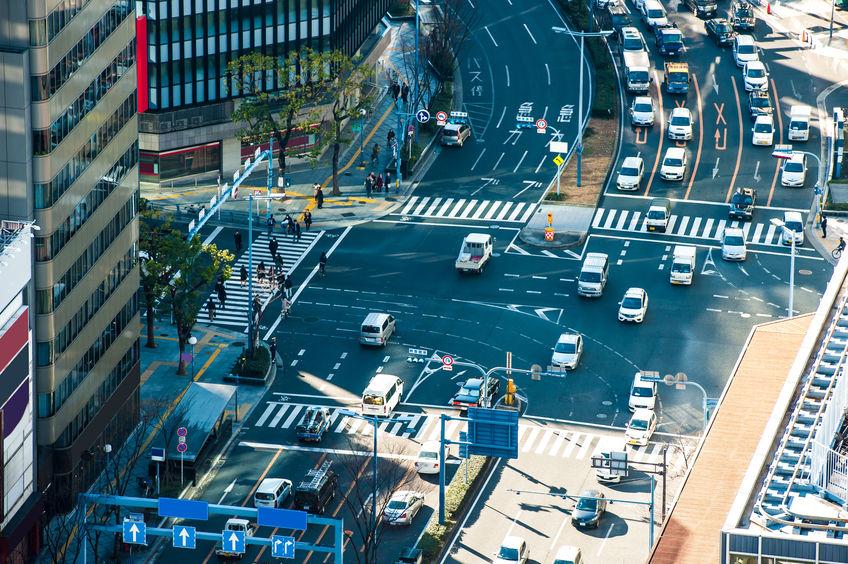
Traffic rules in Japan are much like any other country, and the police are always on the lookout for violators — even to the point of running you down on foot or by bicycle. There are a few major rules below that are important to reiterate for safety purposes, though we encourage you to also review more rules here for a detailed description of driving in Japan.
- Cars are driven on the left side of the road in Japan.
- Stop signs don’t always look the same, though the standard is an upside down red triangle. The most important thing to look for is the Japanese word “止まれ,” which means stop. In many cases the word is painted in white on the ground and no sign is used. Traffic lights are standard in Japan: green for go, yellow for prepare, and red for stop.
- Generally, the speed limit is 60 km/h (37 mp/h), with a 100 km/h (62 mp/h) limit on major freeways and highways and a 40 km/hr (25 mp/h) limit in urban areas.
- Car seats are necessary for small children and every rental car agency should have seats available as an add-on when booking your rental. If you live in Japan, it may be worth investing in a car seat, which you can learn more about here.
- Train crossings are a major driving concern. While most will have safety features like crossing gates and signals, all drivers are required to stop and look both ways for a train before proceeding through the crossing when such safety mechanisms are not present.
Navigating Japanese Gas Stations
Gas stations are pretty easy in Japan, and most are full service with attendants who will guide you to the available pump with calls of “Orai, Orai!” you will be asked a series of questions in Japanese to fill your tank with the proper amount of fuel (refer here for more detailed help with Japanese phrasing), and sometimes you will even be asked if you need your windows cleaned. The staff are happy to help you with every step until you leave the gas station, often punctuating your departure with a deep bow and thank you.
Self-service stations (designated with signs that display “セルフ”) are becoming more popular. These work just like most modern gas stations, with a card reader, several options for gas (sometimes diesel, though not always), and an air pump and window cleaner usually tucked away in the corner.
What You Need to Know about Driving in Japan
Driving in Japan is for the adventurous, so we suggest sticking to the country’s public transportation if you are at all concerned. However, if you are keen to get behind the wheel, we offer a series of in-depth articles on what you need to know when driving in Japan. You may also would like to read Japan Traffic Violations before starting driving. Stay safe and explore all that Japan has to offer!


